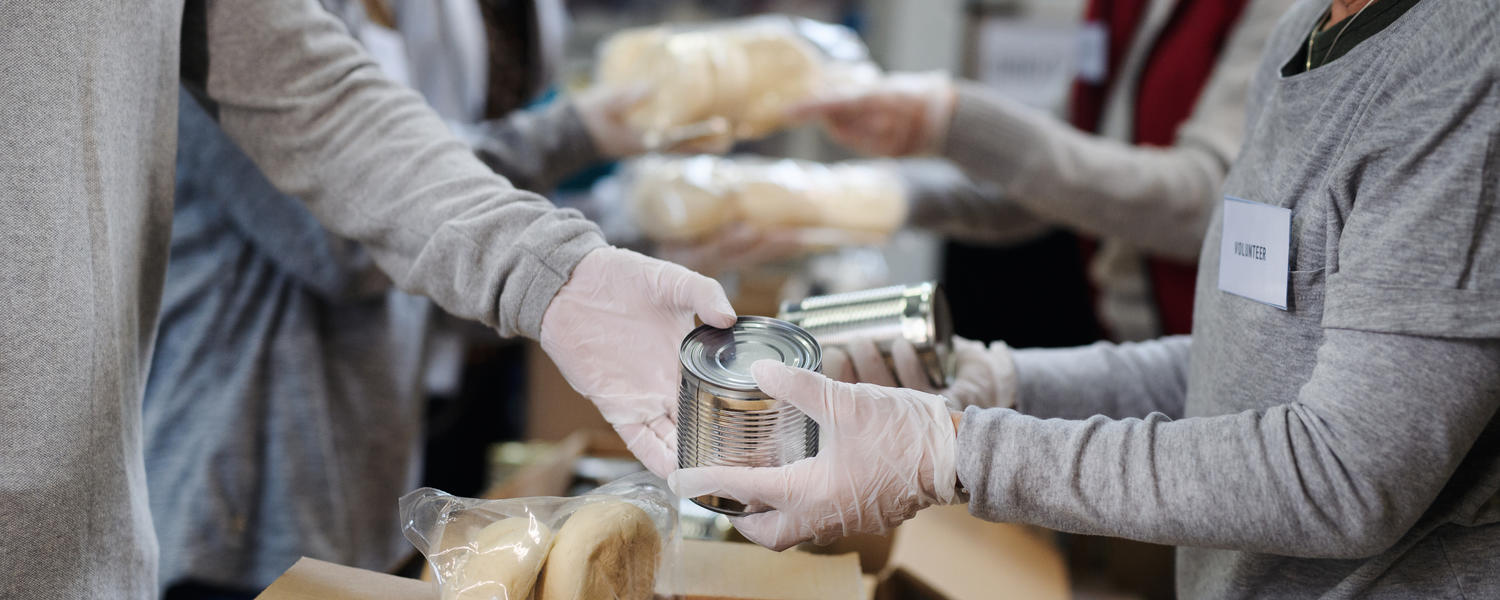
Effects of COVID-19 pandemic on food bank operations
Overview:
Undergraduate student Genevieve Davis conducted a research project the impact on operations at the High River Food Bank before and during the COVID-19 pandemic. The the food bank is run by the Salvation Army and is one of the only agencies in High River addressing residents’ food insecurity. Due to an increase in demand at the food bank during the pandemic, Davis focused her research on seeking answers to understand the food bank’s background, support systems and clients before and after the pandemic.
Food insecurity is entrenched in Canadian society. While there exists a wealth of research which studies Canadian food systems and Canadian food charities, this research tends to be broad in its scope and is often centered on characterizing food insecurity itself. This project stems from a desire to describe and understand how food charities operate with specificity by limiting the scope to a single food charity. By understanding the operations of the High River Food Bank, this research contributes an understanding of the day-to-day practices and decisions that impact the delivery of food charity to food insecure individuals. It is because this research resists the desire to generalize food charities that it is able to offer a complete and practical understanding of the constraints and opportunities that food charities face. This research was supervised by Dr. Tatenda Mambo, PhD.
Outcomes:
An extensive literature review was conducted, which summarized and evaluated 30 academic articles that focused on food insecurity and food charities, often with a focus on the Canadian context. With a foundational understanding of the literature, the researchers designed an interview questionnaire and subsequent documents which were submitted to, and eventually approved by, the Conjoint Faculties Research Ethics Board. Presently the researchers are conducting interviews with key staff and volunteers at the High River Food Bank, which are being transcribed, coded, analyzed and cross-referenced with statistical data provided by the food bank. To date, a facility tour and a semi-structured interview with the High River Salvation Army’s officer has been completed and subsequent interviews are currently being scheduled. While the research project is ongoing and any findings are unofficial, the current data suggests that the pandemic presented both challenges and opportunities for the food bank as it experienced increased demand paralleled with increased support from the community. Overall, the food bank appears to be thriving in the rural and small-town geography of High River. The literature on Canadian food banks highlights the many shortcomings of food charities in efforts to reduce food insecurity. Key findings of this research indicate that the network of constraints workings against food banks are both situational and institutional and, in both cases, challenging to overcome.
Next Steps:
This research hopes to fill the gap in the literature and offer both food charities and key stakeholders detailed information about food bank operations that will help food charity models and policies become effective and sustainable. This research aims to be published in a Canadian social science journal. Adjacent research for future perusal could inventory and compare food charity models and explore the power structure and political economy of the food charity network.
This research was funded in part by the Government of Canada’s Sustainable Development Goals.
